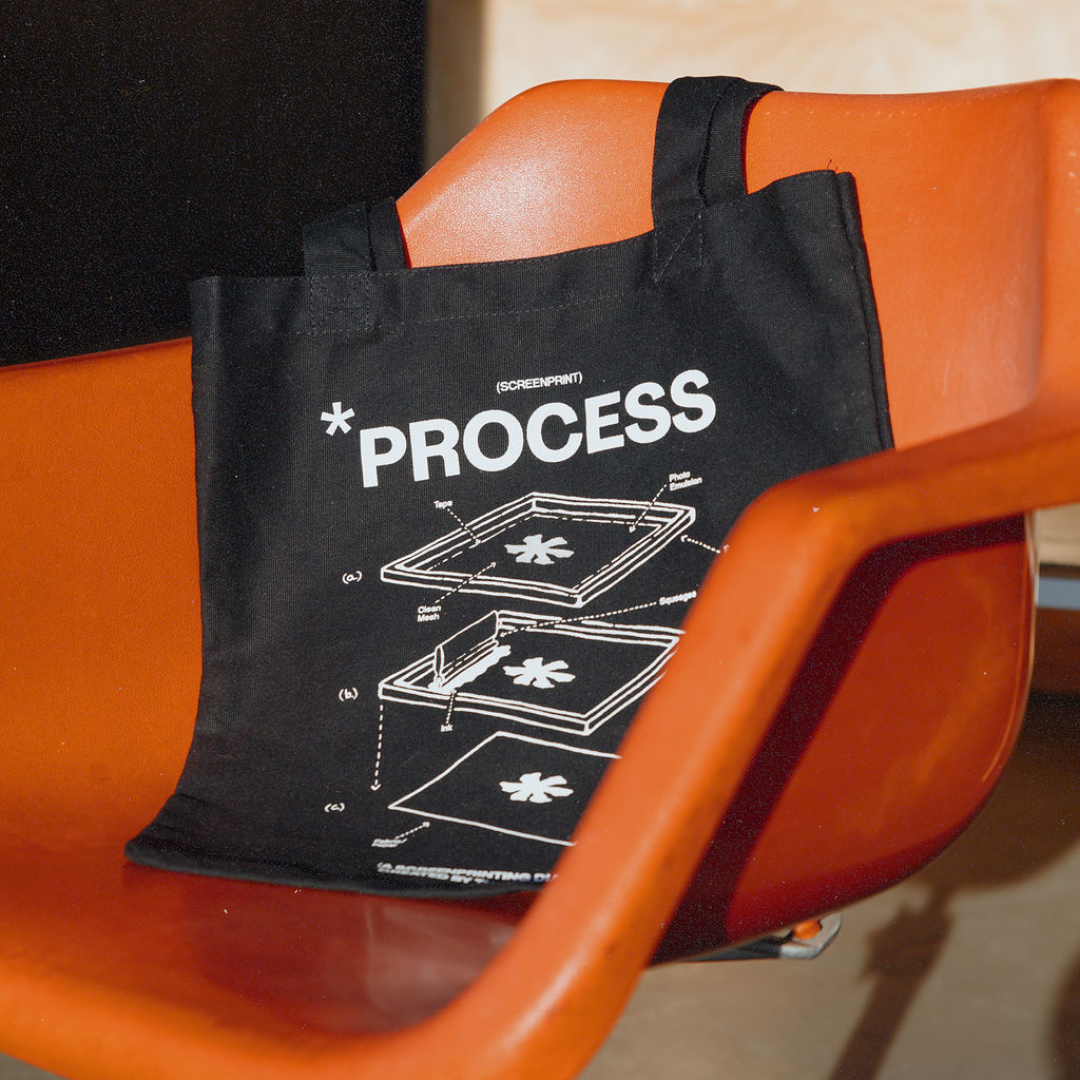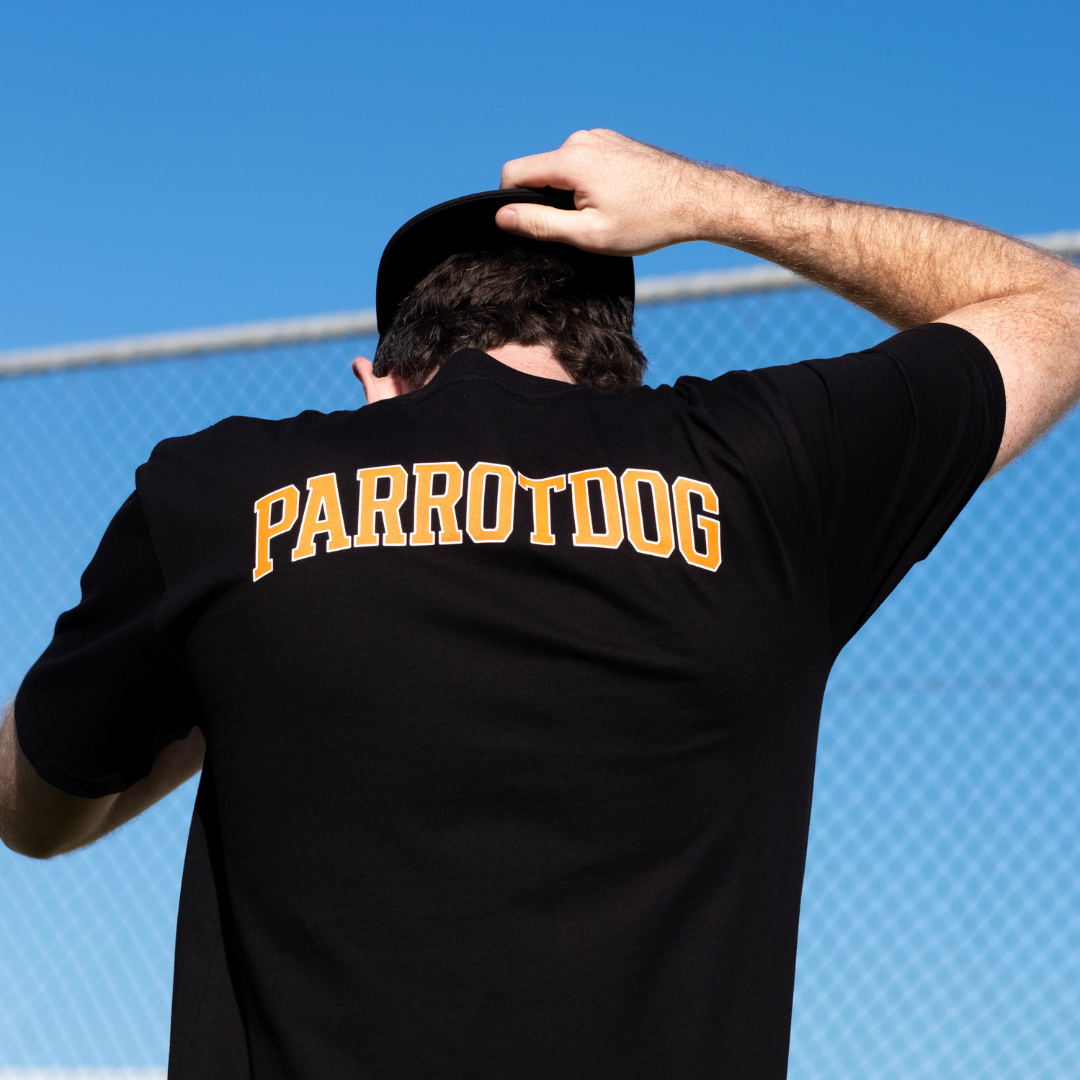Maybe you've heard of screen printed tshirts, silk printed or silkscreen printed t-shirts? But not sure what they all mean or the differences between these terms? Well, they all mean the same thing. In the post, we aim to outline a common question for people looking to make custom merchandise 'what is screen printing?' By reading our in-depth post below, you will discover all of the ins & outs of the screen printing process and the benefits of this widely used printing method. At The Print Room, we are expert screen printers. We have been operating for over seven years and work with many of New Zealand's favourite brands. Collectively our team has over 30 years of industry experience and have won numerous awards for our screen printing work.
If you've ordered with us before, you would probably know that screen printing is our most popular method. If you're new to ordering custom printed tshirts, you should consider screen printing for your next project; it is our recommended decoration type for bulk t-shirt printing.




